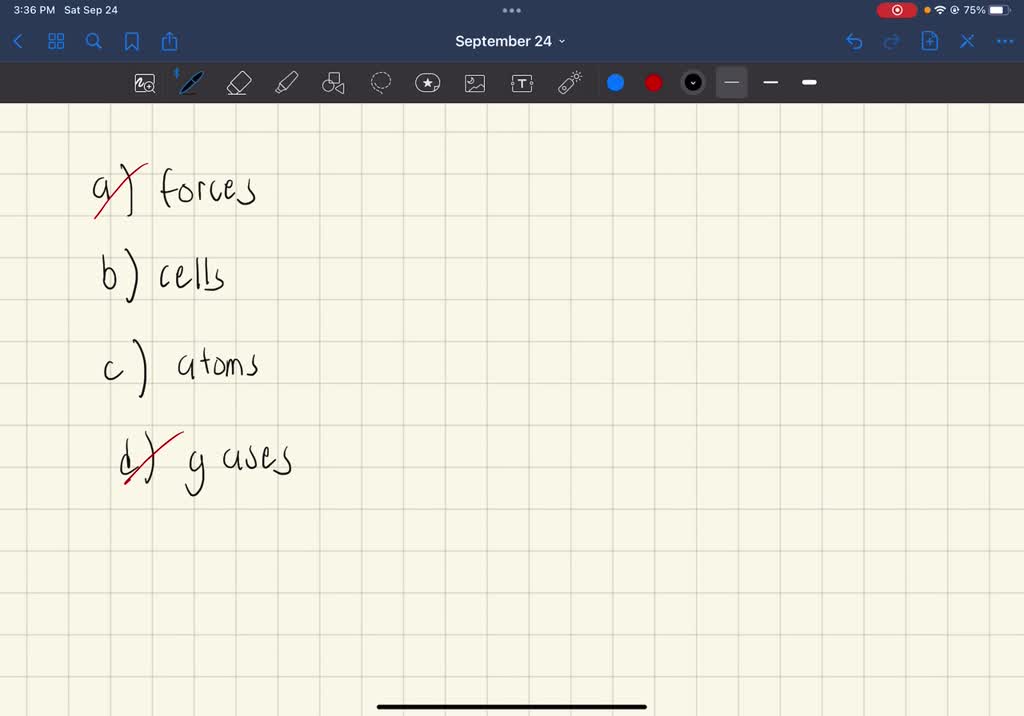Understanding the genesis of the minuscule particles that constitute matter is akin to embarking on an expedition through time, peeling back layers of cosmic history to reveal the fundamental building blocks of our universe. These tiny particles, while elusive and enigmatic, are simultaneously the foundation upon which the vast tapestry of existence rests. The exploration of their origins entwines various disciplines, including cosmology, atomic physics, and quantum mechanics, each contributing unique insights to a grander narrative.
At the heart of the matter lies the Big Bang, a cataclysmal event heralded as the commencement of the universe approximately 13.8 billion years ago. Within a fraction of a second, an infinitesimal point expanded, giving rise to space, time, and the elementary constituents of matter. In those primordial moments, the universe was a seething cauldron of energy and temperature, unfathomably high, characterized by the absence of structure, yet ripe for the creation of particles.
The first particles to emerge from this cosmic soup were quarks and leptons, the fundamental building blocks of matter. Quarks, which combine in groups of three, form protons and neutrons, while leptons include the well-known electron. These particles are not merely static entities but are in constant play, engaging in interactions governed by fundamental forces. It is this interplay that constitutes the very fabric of our universe.
As the universe began to cool, a process known as baryogenesis facilitated the synthesis of more complex structures. During this early epoch, quarks coalesced to form protons and neutrons, while electrons populated the nascent universe, giving rise to the simplest atomic nuclei. This fleeting moment of stability paved the way for the formation of hydrogen and helium, the primordial elements that would later coalesce into stars, galaxies, and intricate structures that define our cosmos.
Stars serve as the crucibles of particle genesis. In their cores, thermonuclear fusion processes forge heavier elements. Through stellar nucleosynthesis, hydrogen transforms into helium, and as stars advance in age, the process scales to create elements like carbon, oxygen, and iron—each subsequent generation of stars contributing to this cosmic assembly line. The death throes of massive stars culminate in supernova explosions, dispersing these elements across the universe and seeding the interstellar medium. This transference is emblematic of nature’s cyclical design, where stellar remnants bequeath their legacy to new generations of celestial bodies.
In an analogous manner, the birth of new stars encapsulates the poetic dance of creation and destruction. Nebulae, the remnants of stellar deaths, serve as stellar nurseries, nurturing the conditions for new stars to ignite. Here, gravitational forces compress gas clouds, reigniting nuclear fusion and giving life to a new sequence of stellar evolution. The materials forged within these progenitor stars eventually amalgamate to form planets, asteroids, and comets, ultimately leading to the genesis of complex molecules and, eventually, life itself.
Moreover, the subatomic realm offers profound intricacies that further accentuate our understanding of matter composition. Quantum mechanics reveals a world driven by probability, where particles—quarks and leptons—exist not in isolation but within a web of interactions mediated by gauge bosons. These carriers of force, such as photons (the carriers of electromagnetic force) and gluons (binding quarks together), embody the ephemeral nature of reality, suggesting that particles are more like fleeting whispers in the cosmic narrative than solid entities.
The fabric of the universe is woven together by the fundamental forces: gravitational, electromagnetic, weak nuclear, and strong nuclear forces, each playing a critical role in determining the behavior of matter. Gravitational force, omnipresent and long-ranged, shapes the cosmic structure by binding celestial bodies together, while the electromagnetic force governs atomic structures and interactions, dictating the chemical properties of elements. The weak nuclear force, responsible for phenomena like beta decay, and the strong nuclear force, which binds protons and neutrons in the atomic nucleus, further exemplify the intricate dance of particles and forces that compose the very essence of matter.
The pursuit of understanding these origins transcends mere academic curiosity, intertwining with philosophic inquiries about the nature of reality itself. What does it mean to exist in a universe forged from transient particles? How do these interactions establish the very conditions that lead to consciousness and complexity? Herein lies the paradox of existence; the cosmos, composed of ephemeral entities, manifests robust structures amorphous enough to give rise to life, thought, and civilization.
Ultimately, as physicists endeavor to decode the enigma of the origins of tiny particles, they draw upon the rich tapestry of evidence embedded in the cosmic background radiation, the elemental abundances observed in distant celestial bodies, and the intricate behaviors predicted by quantum field theories. Each discovery is a piece of the grand puzzle, reflecting an overarching quest to comprehend our place in this intricate cosmos. It is within this boundless inquiry that the awe of existence reigns supreme, inviting us to ponder not only the origins but the future of the particles that shape our reality.
In conclusion, the origin of the tiny particles that constitute matter is not merely a scientific investigation; it is a pilgrimage into the cosmic heart, where every particle tells a story of creation, transformation, and the relentless pursuit of understanding. As we navigate this depth of knowledge, we are reminded that the universe, in its most fundamental form, is a fleeting yet magnificent interplay of particles—a testament to the wonders of existence itself.












